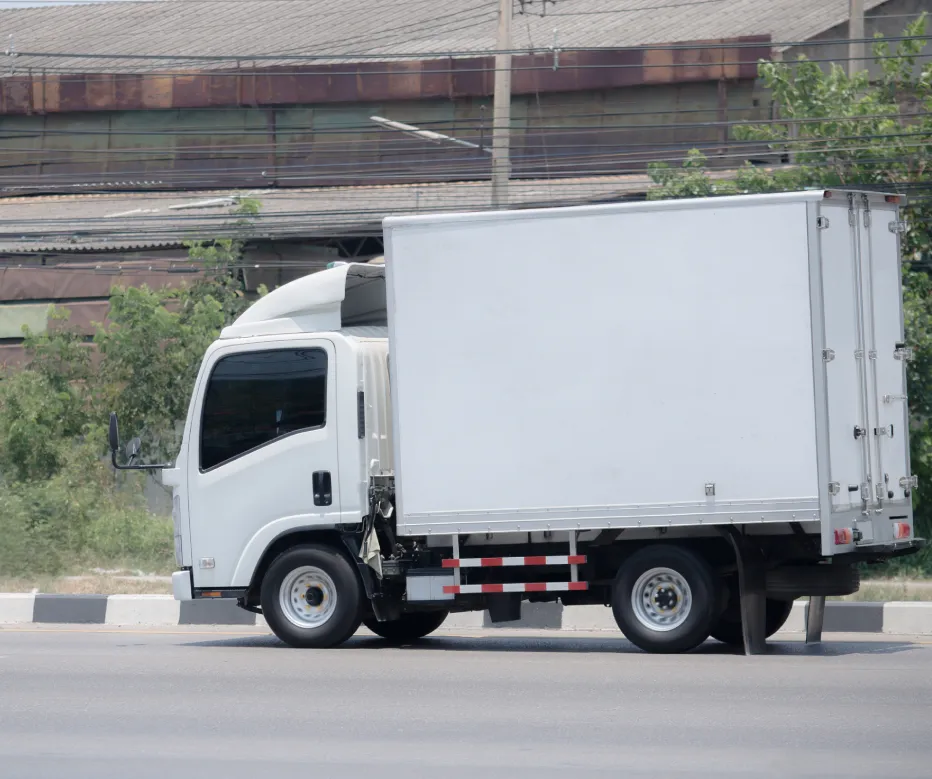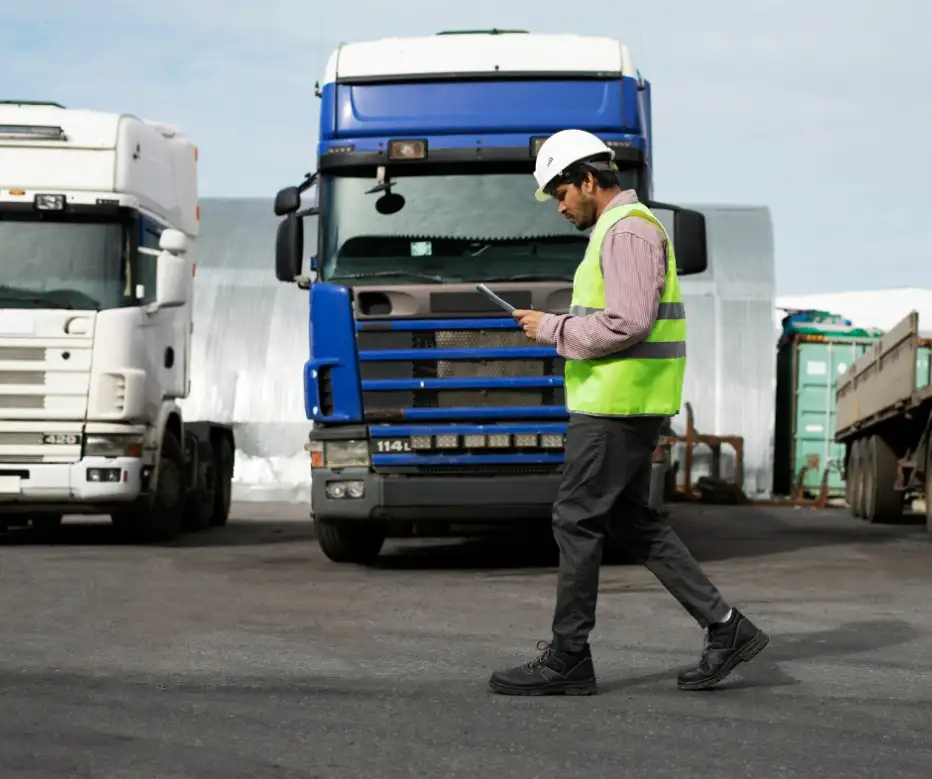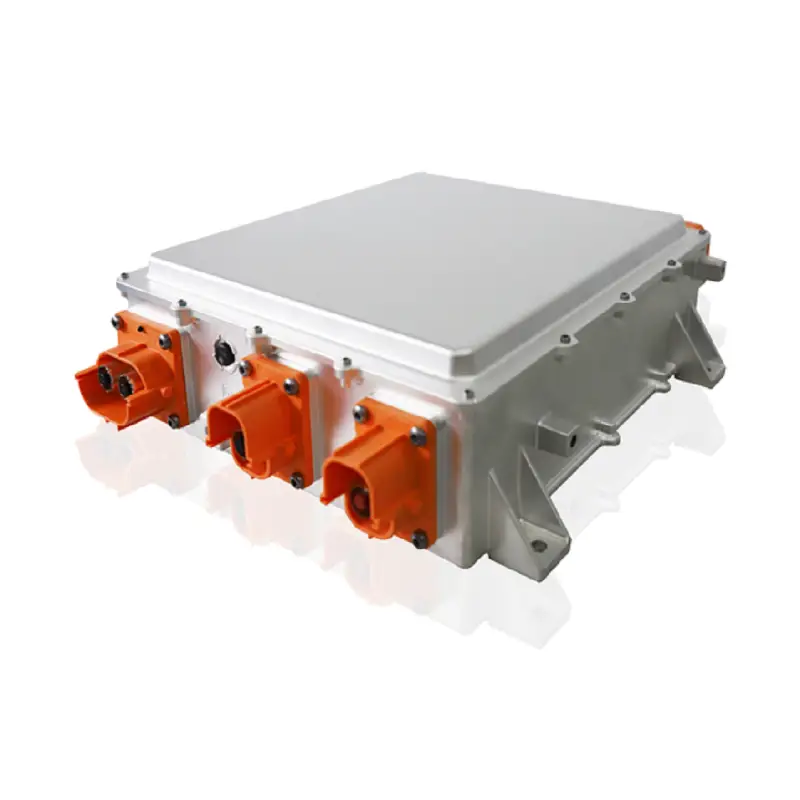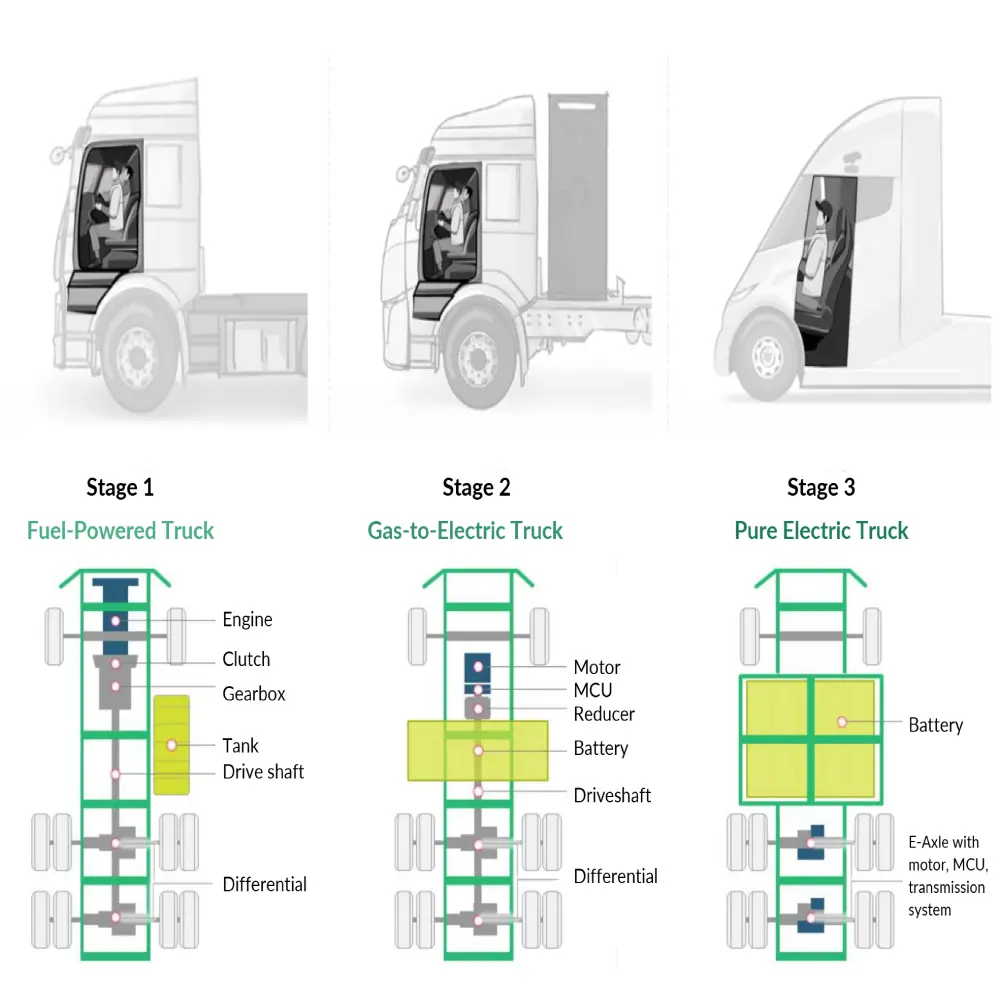What’s the Difference Between a Traditional Drive Axle and an E-Axle?
As the electric vehicle (EV) industry accelerates globally, e-axle technology is playing an increasingly vital role in the development of next-generation commercial vehicles. But how does an e-axle differ from a traditional drive axle, and why is it becoming a key component in electric mobility solutions?
In this article, we’ll explore the key differences between traditional drive axles and e-axles, their working principles, and the benefits of adopting e-axle systems in commercial electric vehicles.

What is a Traditional Drive Axle?
A traditional drive axle is a critical component in fuel-powered vehicles, commonly used in internal combustion engine (ICE) systems. It transfers engine power to the wheels through a mechanical connection involving a transmission system, driveshaft, and differential.
Traditional drive axle systems have a mature design with highly standardized components, offering reliability and durability in heavy-load and challenging working conditions.
Working Principle of Traditional Drive Axle
The engine generates power → The transmission adjusts speed and torque → The driveshaft transfers the power to the axle → The axle drives the wheels.

What is an E-Axle?
An e-axle (electric axle) integrates the electric motor, reduction gearbox, and differential into a single compact unit, directly driving the vehicle’s wheels. This integration simplifies the powertrain, eliminates the need for a traditional transmission or driveshaft, and optimizes the vehicle’s overall structure.
By reducing the number of mechanical components, the e-axle not only lowers vehicle weight but also frees up valuable chassis space — allowing for larger battery packs and extended driving range in electric commercial vehicles.
Working Principle of E-Axle
Unlike traditional drive axles, an e-axle uses an electric motor to control wheel rotation directly. The vehicle’s speed, torque, acceleration, and braking are managed electronically through an advanced motor control system, enabling smooth and precise driving performance.
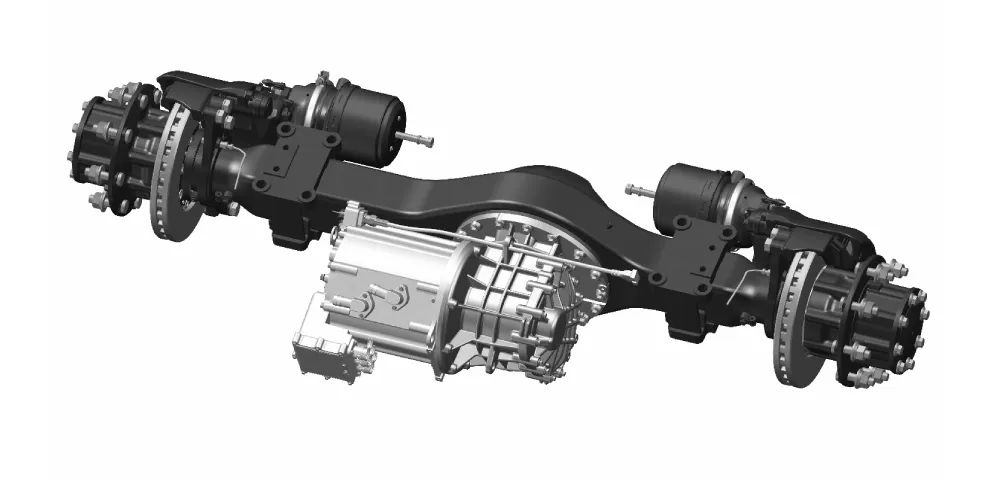
Advantages of Traditional Drive Axles
Cost-Effective: Lower manufacturing and replacement costs compared to e-axles.
Long Driving Range (Fuel-Based): Refueling is faster and offers longer ranges without dependency on battery charging.
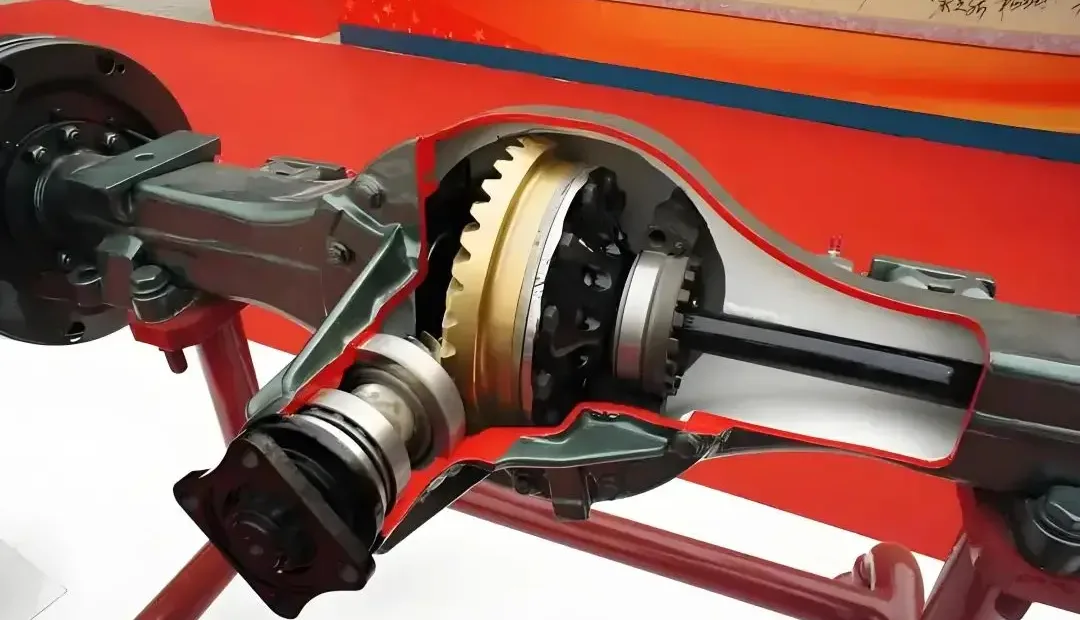
Disadvantages of Traditional Drive Axles
- Complex Operation: Requires gear shifting for acceleration, deceleration, and braking.
- Environmental Pollution: Relies on fuel combustion, emitting exhaust gases harmful to the environment.

Advantages of E-Axle Technology
Simplified Operation: No gear shifting is required. Acceleration, deceleration, and braking are all managed through intelligent electric control systems.
Improved Energy Efficiency: Reduces power loss through mechanical transmission, maximizing energy utilization.
Eco-Friendly: Zero tailpipe emissions, supporting global carbon neutrality goals.
Optimized Vehicle Architecture: Saves space and reduces weight, enabling larger battery capacity for extended range.

Disadvantages of E-Axle (Current Limitations)
Higher Cost: E-axle systems typically have higher upfront development and production costs.
Range Limitation (Battery Dependent): The driving range depends on battery capacity and charging infrastructure availability.
Conclusion: E-Axle is Shaping the Future of Electric Mobility
The rise of e-axle technology marks a significant step forward in the evolution of electric commercial vehicles. By integrating the electric motor, gearbox, and differential, e-axles provide a more compact, efficient, and environmentally friendly solution for modern transportation.
As the EV industry continues to grow and battery technology advances, the e-axle is expected to become the standard powertrain solution for commercial electric vehicles, helping manufacturers meet sustainability goals while improving performance and efficiency.
Looking for a customized e-axle solution for your electric commercial vehicle project?
Contact us to learn more about our advanced e-axle systems and tailored EV solutions.
Contact Us
Get in touch with us by sending us an email, using the Whatsapp number below, or filling in the form below. We usually reply within 2 business days.
Email: contact@brogenevsolution.com
Respond within 1 business day
Whatsapp: +8619352173376
Business hours: 9 am to 6 pm, GMT+8, Mon. to Fri.
LinkedIn channel
Follow us for regular updates >
YouTube channel
Ev systems introduction & industry insights >
